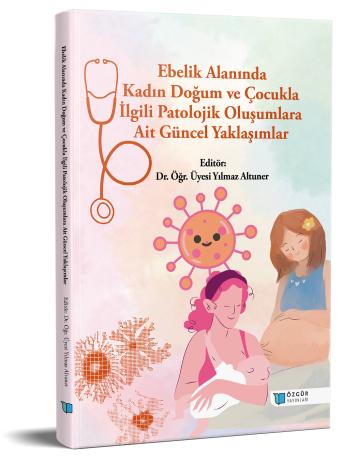
Neonatal Jaundice
Chapter from the book:
Altuner,
Y.
(ed.)
2025.
Current Approaches to Pathological Formations Related to Obstetrics and Child in The Field of Midwifery.
Synopsis
Jaundice is a condition characterized by the yellowing of body tissues due to elevated levels of bilirubin in the blood exceeding the normal range. In newborns, jaundice is caused by an increase in serum bilirubin levels, leading to yellow discoloration of the skin and the sclera of the eyes. Although it is a common condition that occurs in many infants and often resolves spontaneously, medical supervision is essential. Therefore, the treatment and care of the jaundiced newborn, as well as the roles of the midwife and the mother, are of critical importance. Treatment depends on the severity and underlying cause of the jaundice. If treatment is delayed or incomplete, severe complications such as acute bilirubin encephalopathy and kernicterus may develop, leading to serious and long-term consequences.

